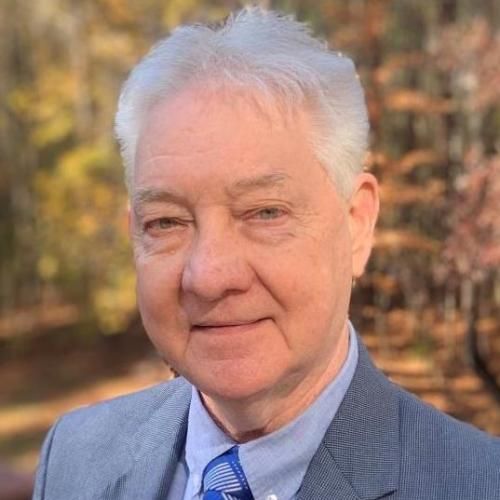Developing a reduced-order model to understand nonsynchronous vibration (NSV) in turbomachinery
This paper demonstrates the potential of using a multidegree- of-freedom, traditional van der Pol oscillator to model Non-Synchronous Vibration (NSV) in turbomachinery. It is shown that the two main characteristics of NSV are captured by the reduced-order, van der Pol model. First, a stable limit cycle oscillation (LCO) is maintained for various conditions. Second, the lock-in phenomenon typical of NSV is captured for various fluid-structure frequency ratios. The results also show the maximum amplitude of the LCO occurs at an off-resonant condition, i.e., when the natural shedding frequency of the aerodynamic instability is not coincident with the natural modal frequency of the structure. This conclusion is especially relevant in preliminary design in industry because it suggests that design engineers cannot treat NSV as a normal Campbell-diagram crossing as they would for preliminary design for forced response; it is possible that by redesigning the blade, the response amplitude of the blade may actually be higher. The goal of future research will be to identify values and significance of the coupling parameters used in the van der Pol model, to match these coefficients with confirmed instances of experimental NSV, and to develop a preliminary design tool that engineers can use to better design turbomachinery for NSV. Proper Orthogonal Decomposition (POD) CFD techniques and coefficient tuning from experimental instances of NSV have been considered to identify the unknown coupling coefficients in the van der Pol model. Both the modeling of experimental NSV and preliminary design development will occur in future research. Copyright © 2012 by ASME.


